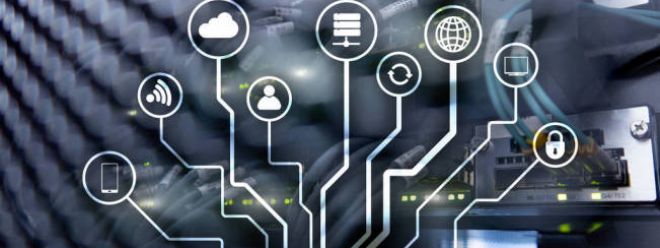Basic knowledge: What is an edge device?

Edge devices are not just hardware. With the advent of the Internet of Things (IoT) and cloud computing, they are more important than ever. Edge devices have many uses, but their core is to act as an entry point or exit point, and to control the flow of data between or around the border between two networks. For networks that use different protocols, in addition to connections, edge devices also provide traffic conversion.
How does it work?
Edge devices are composed of hardware that performs two basic functions, namely, providing physical connections and realizing communication between networks. A complete edge device function may include transmission, routing, processing, monitoring, filtering, conversion, and data storage between networks.
General purpose and intelligent edge devices
Traditional edge devices include edge routers, routing switches, firewalls, multiplexers, and other wide area network (WAN) devices.
Smart edge devices have a built-in processor with onboard analysis or artificial intelligence capabilities. These devices may include sensors, drives, and IoT gateways. By directly processing a certain amount of data on smart edge devices instead of uploading, processing, and storing data on the cloud, companies can increase efficiency and reduce costs.
Uses of edge devices
Edge devices are mainly used by enterprises and service providers to connect internal local area networks (LAN) to the Internet or external wide area networks (WAN), while edge devices and edge computing have evolved to provide more advanced functions. These functions may include wireless access points (APs), security through wireless APs or virtual private network servers, dynamic host configuration protocol (DHCP) services, and domain name system (DNS) services.
According to TechTarget, cloud computing and the Internet of Things take edge devices to a new level by requiring "more intelligence, computing power, and advanced services at the edge of the network." Edge computing occurs at or near the data source, thereby bringing information closer to the people who use the data to make informed decisions. The result is faster response time and less use of network resources. When applied to IoT devices, in addition to many other benefits, edge computing can also increase efficiency by automating tasks and improving processes.
The challenge of edge devices
Although edge devices provide speed, cost savings, and expanded access to networks and resources, there are several issues to consider when using this technology. Some of the challenges of edge devices include the responsibilities of registering and managing various edge devices, ensuring data security, and preventing network traffic bottlenecks.
【Editor's Choice】